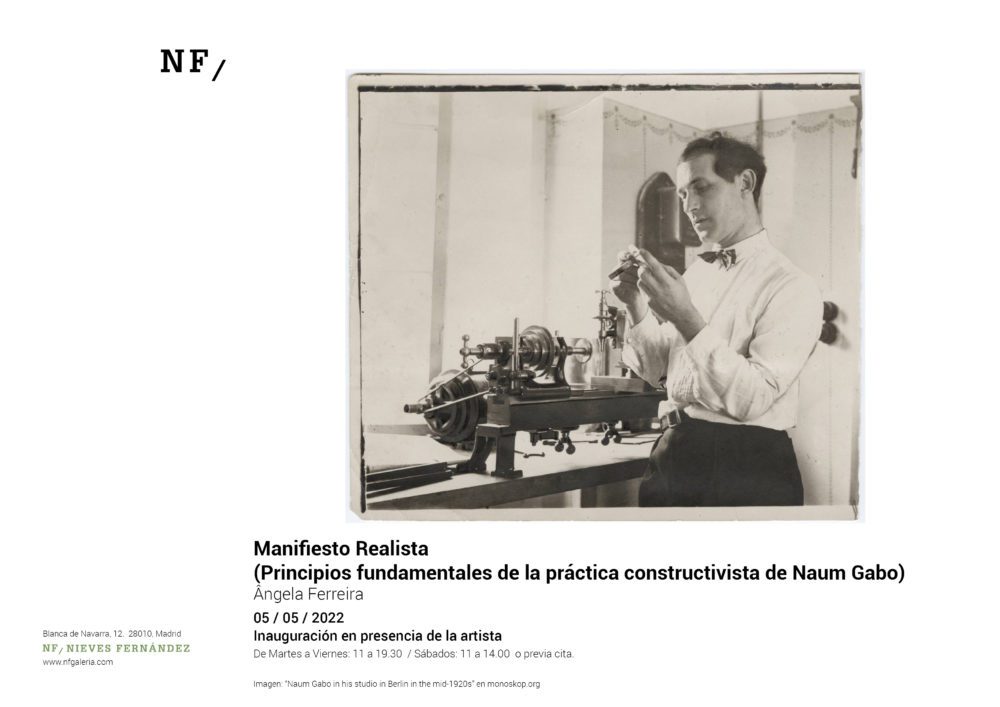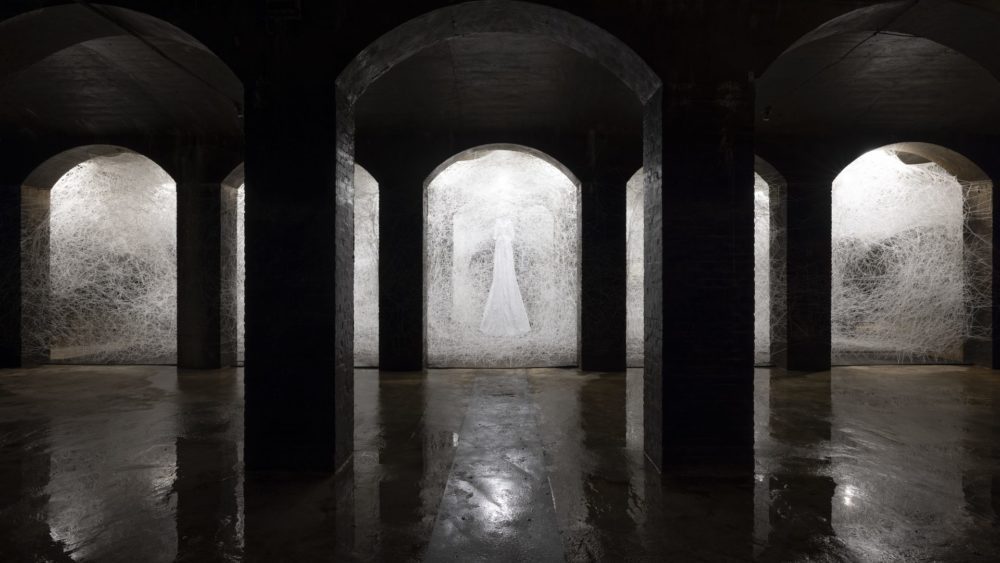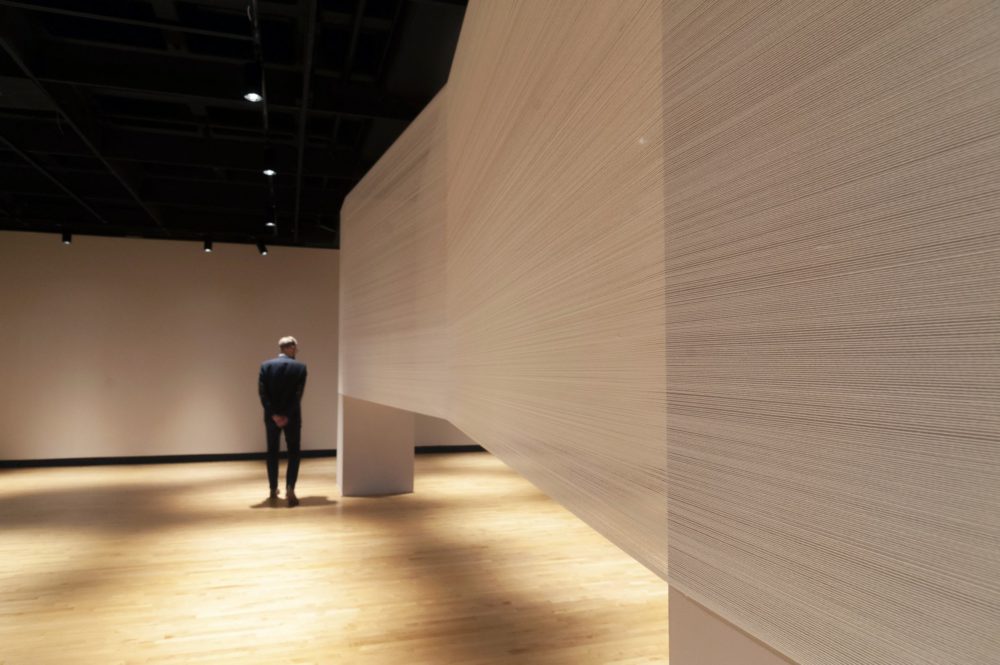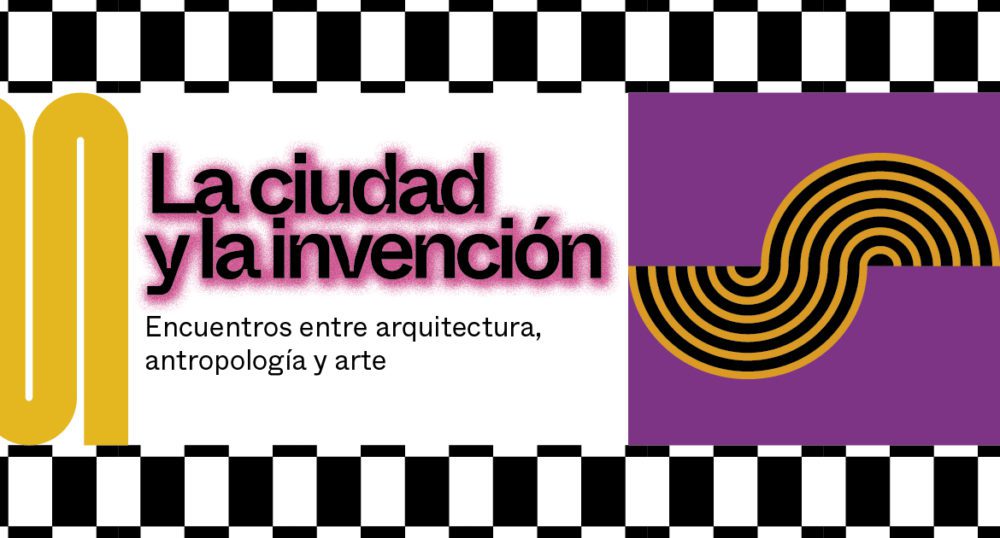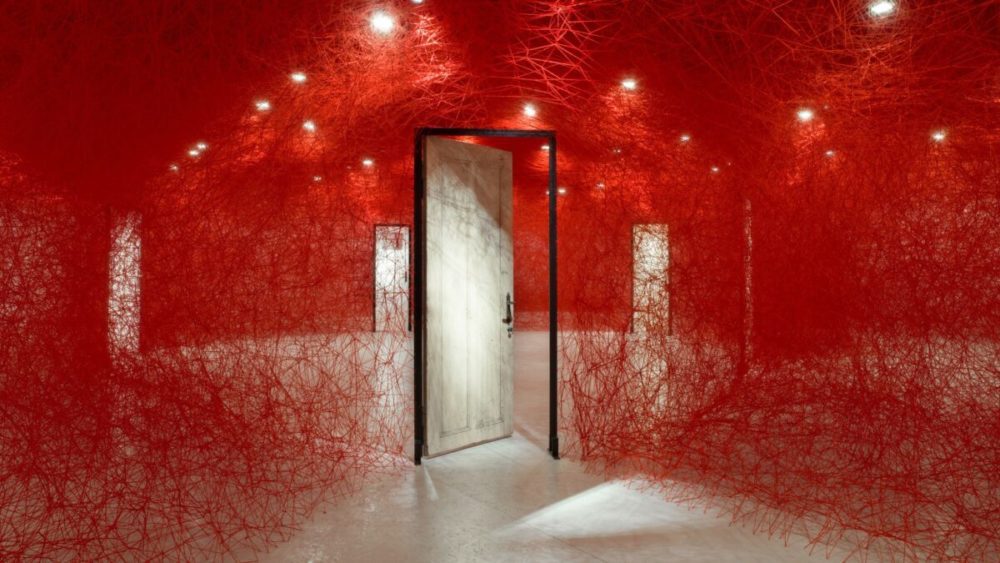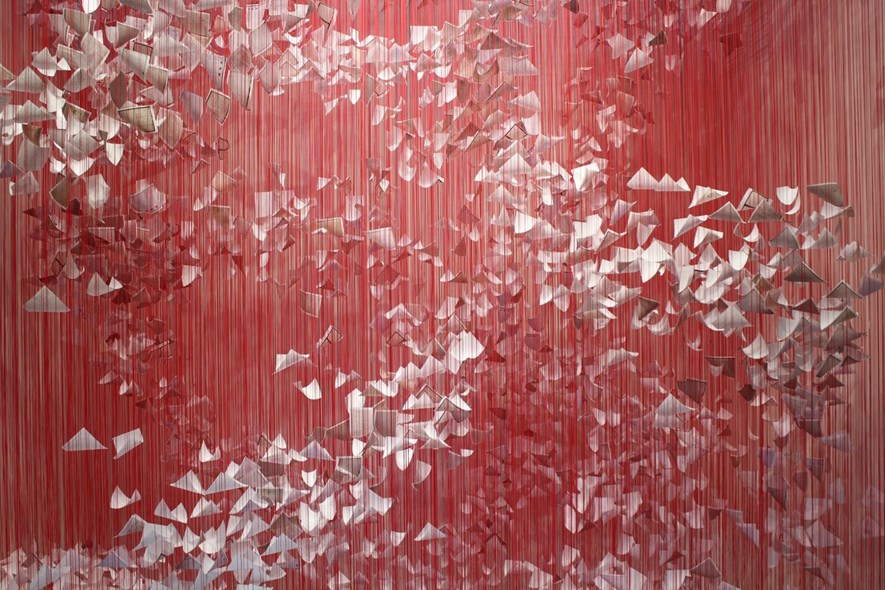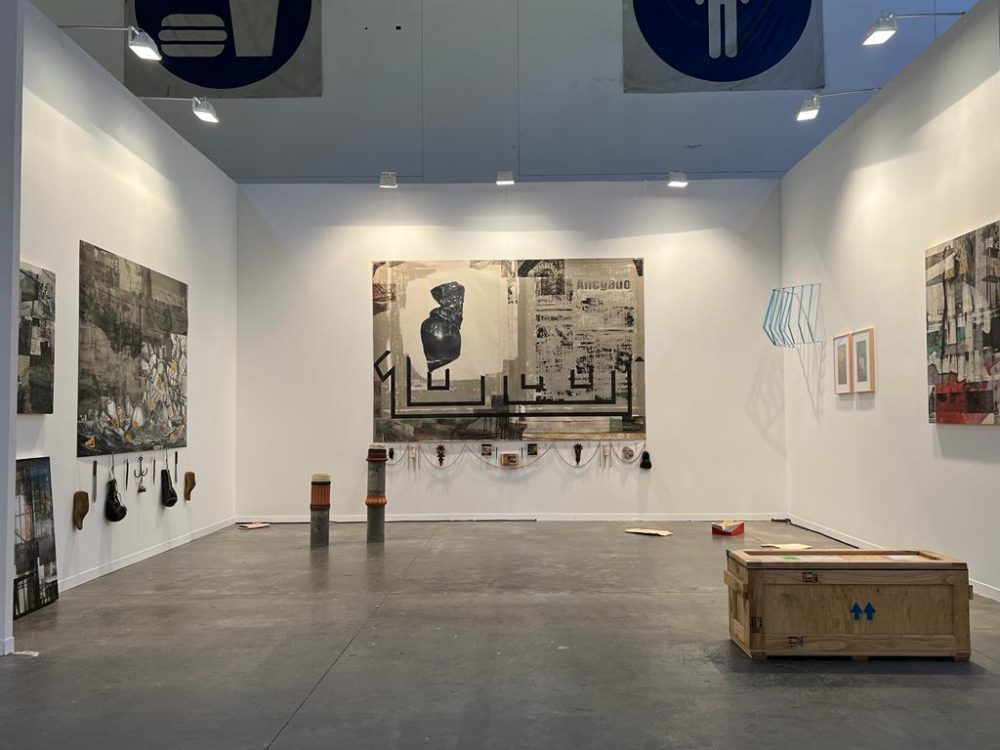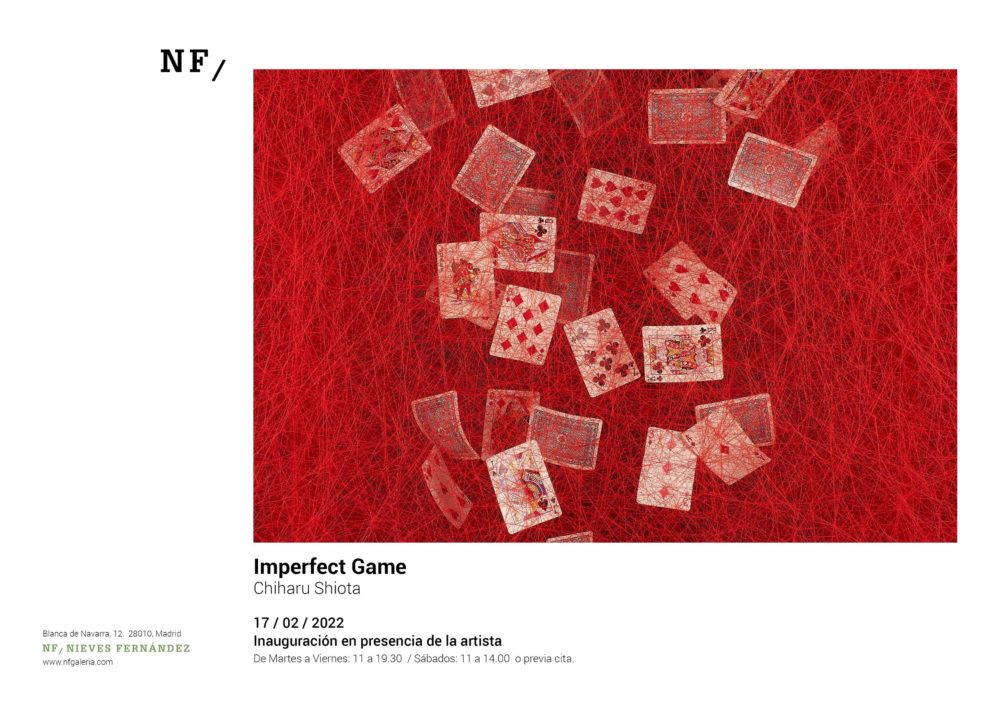
CAMPING presenta ‘SCORE/PARTITURA’, de María Auxiliadora Gálvez y Jone San Martín
PARA RESERVAR UNA PLAZA, PINCHA AQUÍ.
SCORE es una colección de mediaciones simultáneas. Una ruptura de los protocolos de observación en el arte.
SCORE invita a observar de forma somática. Las capas que los sucesivos puntos de vista nos proporcionan se solapan y a lo largo de la pieza tu propio cuerpo junto al resto de los cuerpos se transforma en un emplazamiento de observación consciente. Estos cuerpos no son pasivos, tienen algo que decir con relación a la obra y a los eventos que median entre ellos y las piezas.
SCORE es una acumulación de trayectorias y perspectivas, de movimientos y texturas. La mediación cobra la forma de partituras superpuestas y de acciones activas que abren modalidades.
En SCORE los cuerpos van más allá de su propia piel, y van dejando rastros, líneas que se entrelazan en materialidades e invisibilidades.
SCORE revela un solo cuerpo consciente, conjunto, colectivo y compuesto de pieza, obras y organismos vivos. Un cuerpo que se hace y deshace con la fragilidad y el poder de la inmersión estética. Es un cuerpo en coalescencia somática.
‘SCORE/PARTITURA’ es la séptima acción de CAMPING, una iniciativa que abre el espacio de la galería NF/ NIEVES FERNANDEZ a diversos actores culturales, con el fin de que puedan desarrollar y exhibir sus proyectos y creaciones libremente. Tomando como soporte de sus acciones el espacio expositivo, los diversos actores desplegarán sus proyectos temporales interactuando con la exposición instalada en ese momento en la galería.
CAMPING es un proyecto de Nerea e Idoia Fernández directoras de NF/NIEVES FERNANDEZ y de Blanca Cortés, abogada especializada en propiedad intelectual.
–
FOR RESERVATIONS, CLICK HERE.
SCORE is a collection of simultaneous mediations. A rupture of the observation protocols in art.
SCORE invites you to observe somatically. The layers that the successive points of view provide us overlap, and throughout the piece your own body, together with the rest of the bodies, becomes a site of conscious observation. These bodies are not passive, they have something to say in relation to the work and the events that mediate between them and the pieces.
SCORE is an accumulation of trajectories and perspectives, of movements and textures. Mediation takes the form of overlapping scores and active actions that open modalities.
In SCORE, bodies go beyond their own skin, leaving traces, lines that intertwine in materialities and invisibilities.
SCORE reveals a single conscious, whole, collective body made up of pieces, works and living organisms. A body that is made and unmade with the fragility and power of aesthetic immersion. It is a body in somatic coalescence.
‘SCORE/PARTITURA’ is CAMPING‘s seventh action, an initiative that will open NF/ NIEVES FERNANDEZ’ gallery space to various cultural actors, so that they can freely develop and exhibit their projects and creations. Taking the exhibition space as a support for their actions, the various actors will display their temporary projects interacting with the exhibition installed at that time in the gallery.
CAMPING is a project conceived by Nerea and Idoia Fernández, directors of NF/ NIEVES FERNANDEZ and Blanca Cortés, lawyer specialized in intellectual property.


